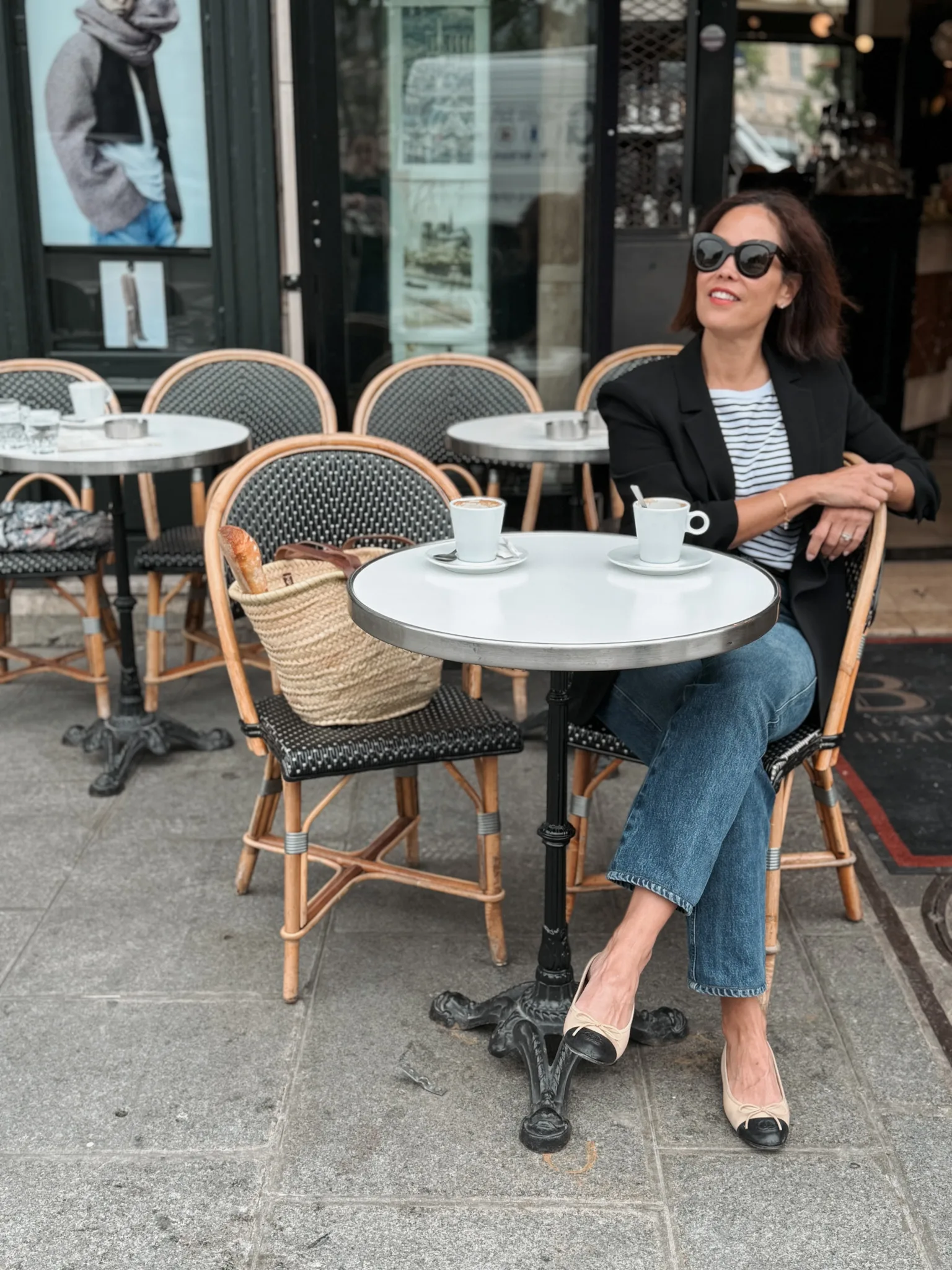


Picture Provence, and you might think of postcard-perfect lavender fields, golden olive groves, and sun-soaked olive groves, and charming hilltop villages.
Located in the South of France, Provence stretches from the Rhône River to the foothills of the Alps.
Millions of travelers come to this dreamy corner of the country every year, drawn by its mix of natural beauty and cultural charm.
And trust me, whether you’re an art enthusiast, a foodie, or someone who just needs to unwind in a picturesque setting, Provence has something to offer.
So, what is Provence France known for? Here’s a roundup of the places, flavors, and experiences that make it one of the most magical regions in the world.
10 Things Provence France Is Known For

Provence is a treasure trove of iconic landmarks and experiences. From architecture to food, here’s what makes it unforgettable.
1. Lavender Fields of Provence

Let’s start with the obvious: lavender fields. These famous purple landscapes are practically the symbol of Provence.
Stretching across the Plateau de Valensole, Luberon, and Sault, the fields bloom from late June to early August, painting the countryside in dreamy shades of violet. And the scent? Heavenly.
But lavender here isn’t just for show. It’s a major part of Provence’s culture and economy. You’ll find it in soaps, essential oils, honey, and even desserts. Visiting during one of the region’s lavender festivals is the cherry on top.
Pro Tip: If you’re heading to the lavender fields that Provence, France, is known for, check bloom schedules and plan your visit accordingly. Nothing’s worse than arriving too late and finding fields of green.
2. Hilltop Villages and Beautiful Villages

One of the best parts about visiting Provence is discovering its countless hilltop villages. Think: cobblestone streets, quaint cafés, and views that go on forever.
A must-visit is Les Baux de Provence, a medieval village perched on a rocky outcrop. It’s home to castle ruins, artisan shops, and even a light show inside an old quarry. Then there’s Moustiers Sainte-Marie, a tiny gem nestled between dramatic cliffs, famous for its ceramics.
Why They’re Special: Every village has its own vibe—some are artsy, some are historic, and others are just ridiculously charming. Hop from one to the next and see for yourself.
3. Provence Wine and Rosé Wine


Provence and wine go hand in hand. The region is best known for its crisp, light rosé wine, which has become a worldwide obsession. Wineries like Château d’Esclans and Château Miraval offer tastings that pair perfectly with the Provençal sunshine.
And it’s not all rosé. Châteauneuf-du-Pape is one of the most famous wine regions in Provence and a must-visit for those who enjoy bold, flavorful reds. Many of the vineyards here offer tastings and tours, where you can learn how the blend of grape varieties and the stony terroir create wines that have been celebrated for centuries.
For a really unique experience, make your way to Domaine de la Citadelle in Luberon. On top of its exceptional wines, this estate features a corkscrew museum that’s fun for history buffs and wine enthusiasts alike.
Don’t Miss: Sitting on a terrace with a glass of chilled rosé, some olives, and a view of the countryside. It’s the ultimate Provençal experience.
4. Olive Groves and Olive Oil

Speaking of olives, Provence is known for its massive olive groves. These trees have been part of the landscape for centuries, and the olive oil they produce is liquid gold. You’ll find small mills all over the region where you can sample and buy local oils.
Olive oil in Provence isn’t just a cooking ingredient—it’s an art form. Many producers use traditional methods passed down through generations, resulting in oils that are bursting with flavor.
Travel Tip: For an up-close experience, head to Moulin Castelas in Les Baux-de-Provence. This family-run mill offers guided tours that showcase the process of crafting olive oil, from harvesting to pressing. You’ll get to taste their award-winning oils and learn about how the unique terroir influences the flavors—think nutty, grassy, and peppery notes that elevate any dish. The olive harvest season, which runs from November to December, is an especially fascinating time to visit, as the groves come alive with activity.
5. Aix-en-Provence and Paul Cézanne

Aix-en-Provence is a lively city with a rich artistic legacy. It’s the hometown of Paul Cézanne, one of France’s most iconic painters. You can visit Cézanne’s studio, where he worked on many of his masterpieces, and follow a trail through the city that highlights locations from his life.
The city is also known for its markets, fountains, and elegant architecture. Wander the Cours Mirabeau, a tree-lined avenue filled with shops and cafés, and soak up the Provençal charm.
Bonus: If you’re into hiking, check out Mont Sainte-Victoire, Cézanne’s muse, just outside the city.
6. Palais des Papes

In the heart of Avignon, you’ll find the imposing Palais des Papes, a 14th-century Gothic palace that once housed the popes. Walking through its grand halls is like stepping into a history book. It’s one of Europe’s largest medieval buildings and a must-see for architecture buffs.
What’s Nearby: The Pont d’Avignon, a famous bridge immortalized in a French nursery rhyme, is just a short walk away.
7. Gorge du Verdon

Dubbed the “Grand Canyon of Europe,” the Gorge du Verdon is a natural masterpiece. Its turquoise waters and dramatic cliffs make it a hotspot for kayaking, hiking, and rock climbing. Whether you’re looking for adventure or want to soak in the views, this is the place to be.
Best Viewpoints: Drive along the rim for jaw-dropping panoramas, or rent a kayak and explore the gorge up close.
8. Mont Ventoux

Towering over Provence, Mont Ventoux is a favorite for hikers, cyclists, and photographers. Known as the “Giant of Provence,” this mountain offers spectacular views of the surrounding region, and in winter, its snow-capped peak adds a magical touch.
Fun Fact: It’s a regular stage in the Tour de France, making it a bucket-list climb for cycling fans. The photo above is also my husband (in the yellow jersey) and a family friend who rode to the top a few years ago.
9. The Mediterranean Sea and National Parks

No Provence roundup would be complete without mentioning its stunning coastline. The Mediterranean Sea offers sparkling blue waters, sandy beaches, and charming fishing villages like Cassis.
For nature lovers, the Calanques National Park is a dream. Its dramatic cliffs and hidden coves are perfect for hiking, swimming, and boating.
Don’t Miss: A boat tour through the calanques for some of the most breathtaking views in the region.
10. Provençal Cuisine and Fresh Markets

Let’s talk food. Provence is known for being a paradise for foodies, with fresh markets and Michelin-starred restaurants serving up local delights. Ratatouille, bouillabaisse, and truffle-infused dishes are just a few of the highlights. And don’t forget the desserts—try a slice of tarte tropézienne or some candied fruits.
Market Must-Visit: Marché d’Arles is one of the largest markets in Provence. It’s a vibrant showcase of everything the region has to offer. From fresh produce and local cheeses to handmade ceramics and textiles, it’s the perfect place to stock up on authentic Provençal goods. Arrive early to soak in the atmosphere and grab the freshest finds.
Insider Tips for Exploring Provence

- Pair Experiences: Combine a morning exploring the olive groves of the Alpilles with an afternoon of wine tasting in nearby Châteauneuf-du-Pape. It’s the perfect way to enjoy Provence’s culinary treasures while enjoying its stunning landscapes.
- Time Your Visit: Mid-June to early August is ideal for seeing the lavender fields in full bloom, while late autumn offers a chance to witness the olive harvest. Summer markets are bustling but may require an early start to avoid crowds.
- Join A Retreat: Are you interested in visiting Provence and enjoying slow living in the French countryside with other like-minded women? Join us for a week of luxury during our September Provence Retreat. We would love to spend the week with you.
Ready to Visit Provence?
Whether you want to explore the lavender fields of Provence, sip on rosé wine, or get lost in beautiful villages, Provence promises an unforgettable experience.
Ready to plan your visit to Provence? Check out my Provence travel guide for tips, itineraries, and insider secrets to make your trip truly magical.






